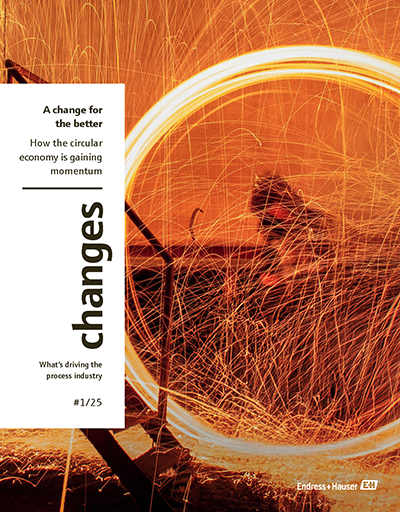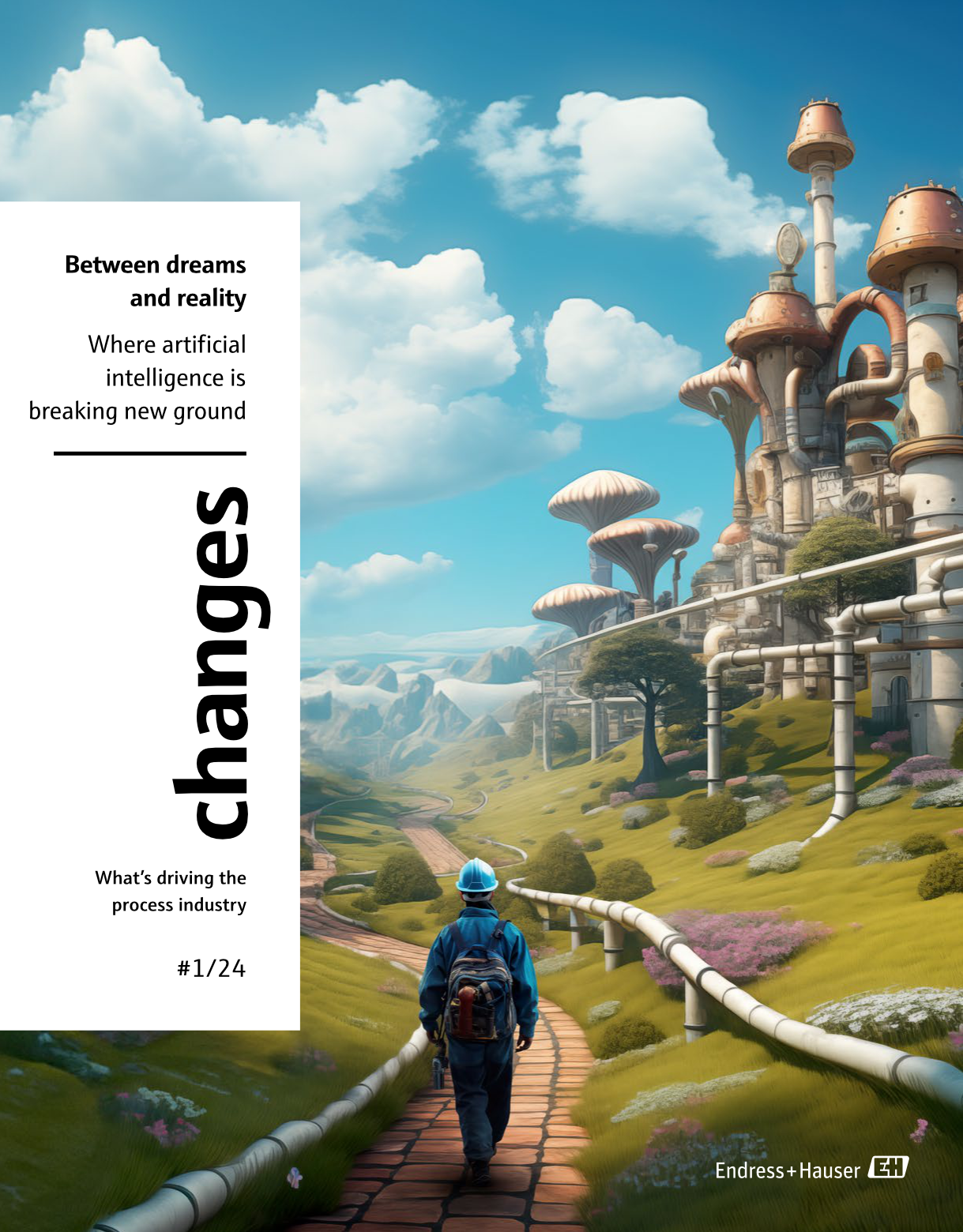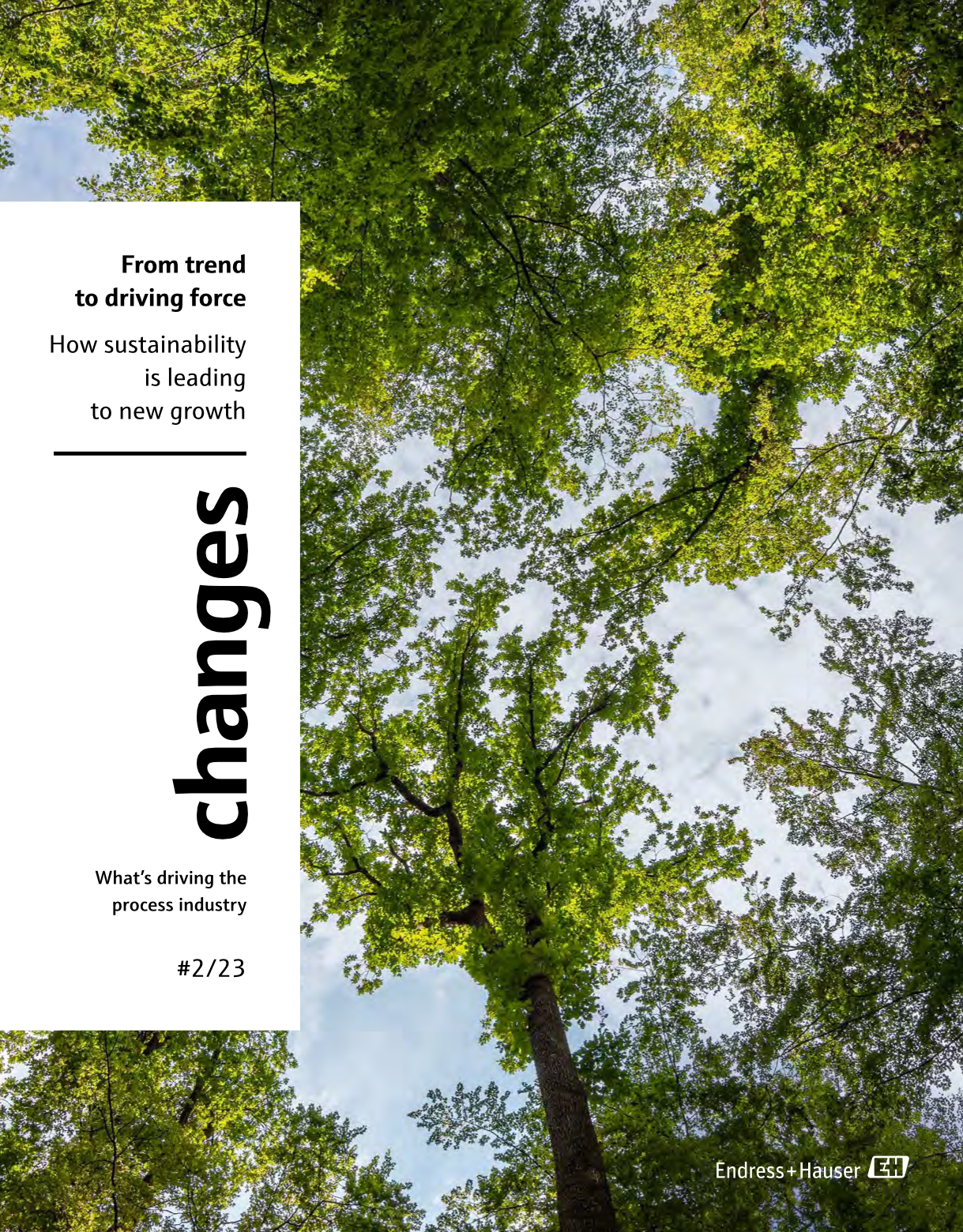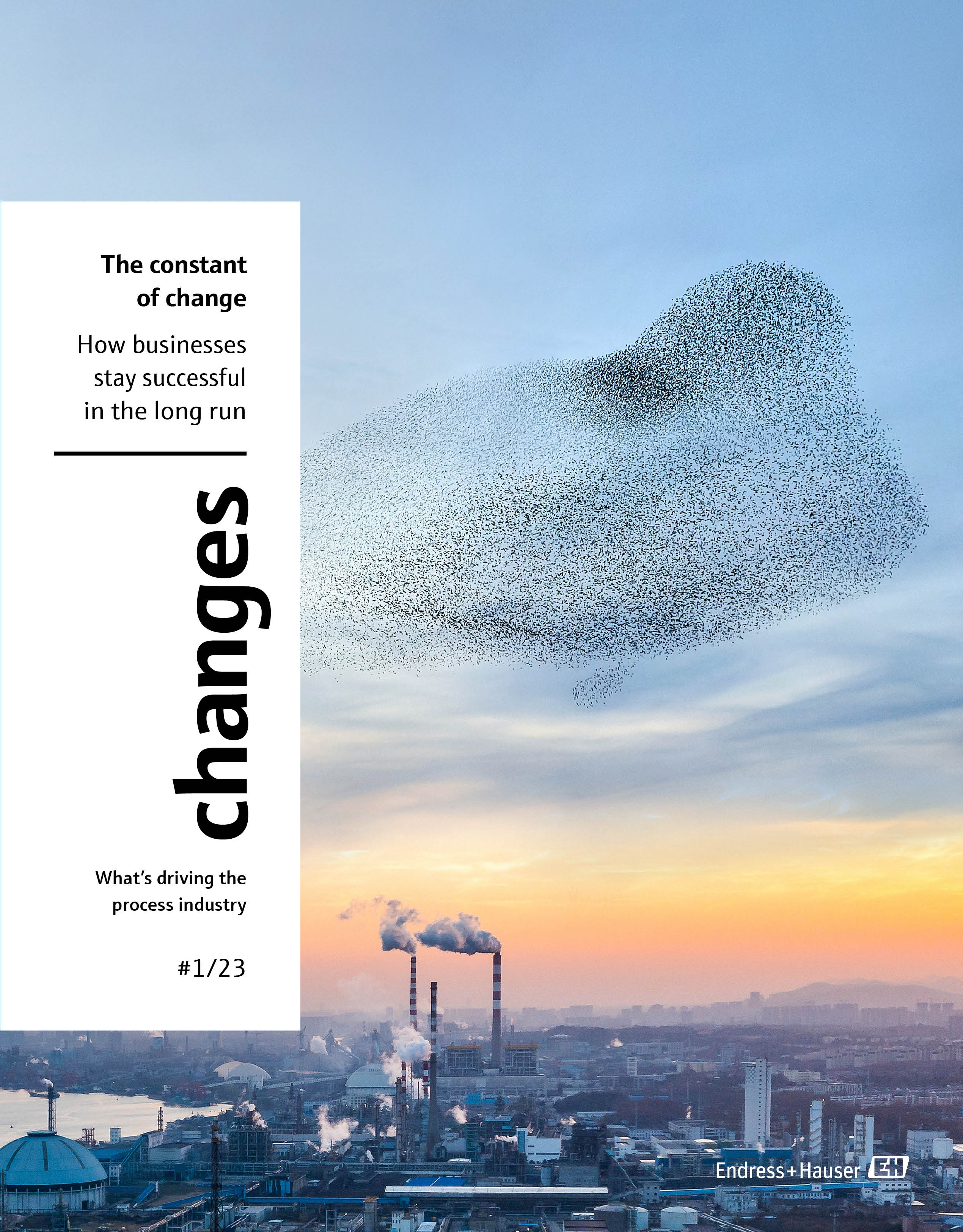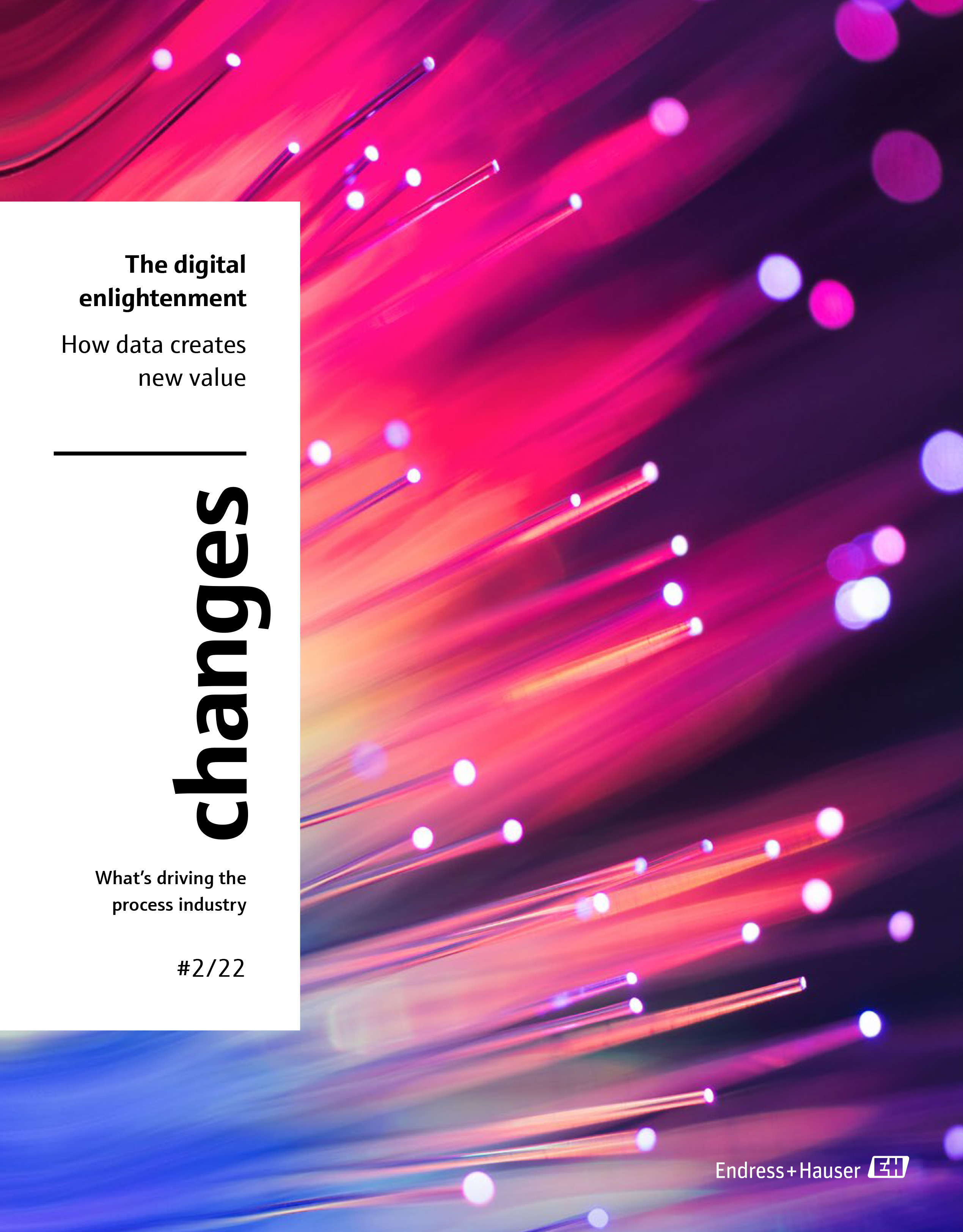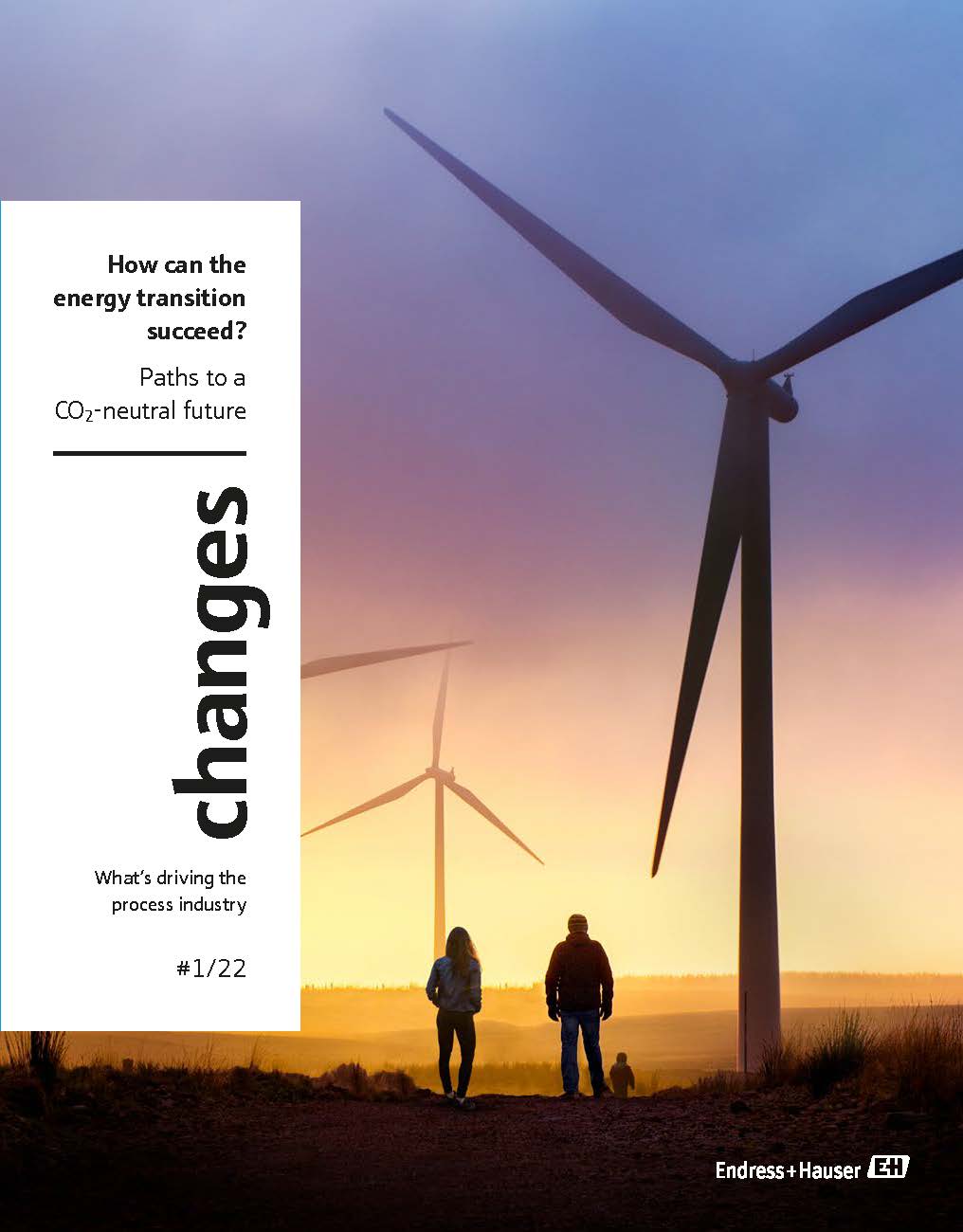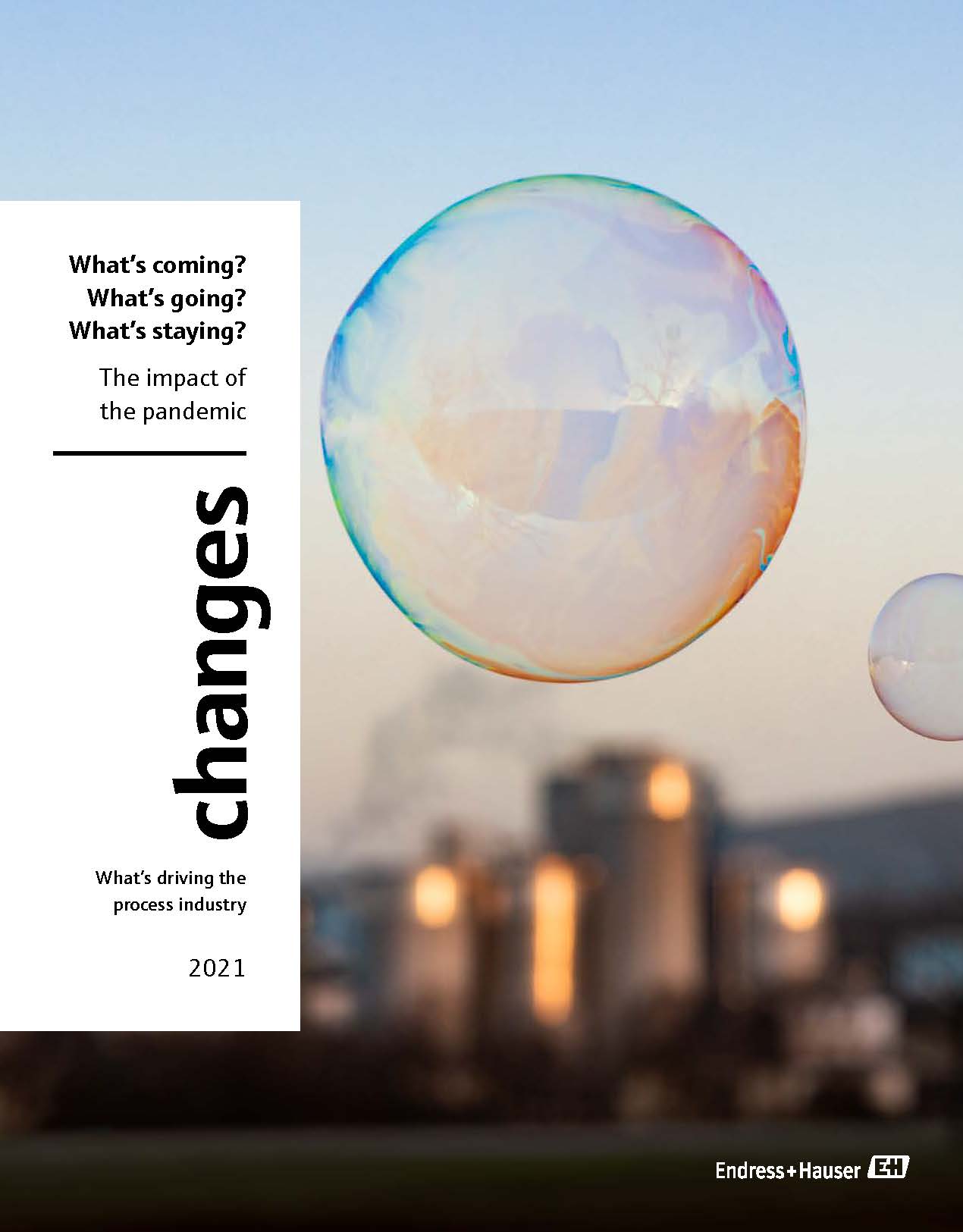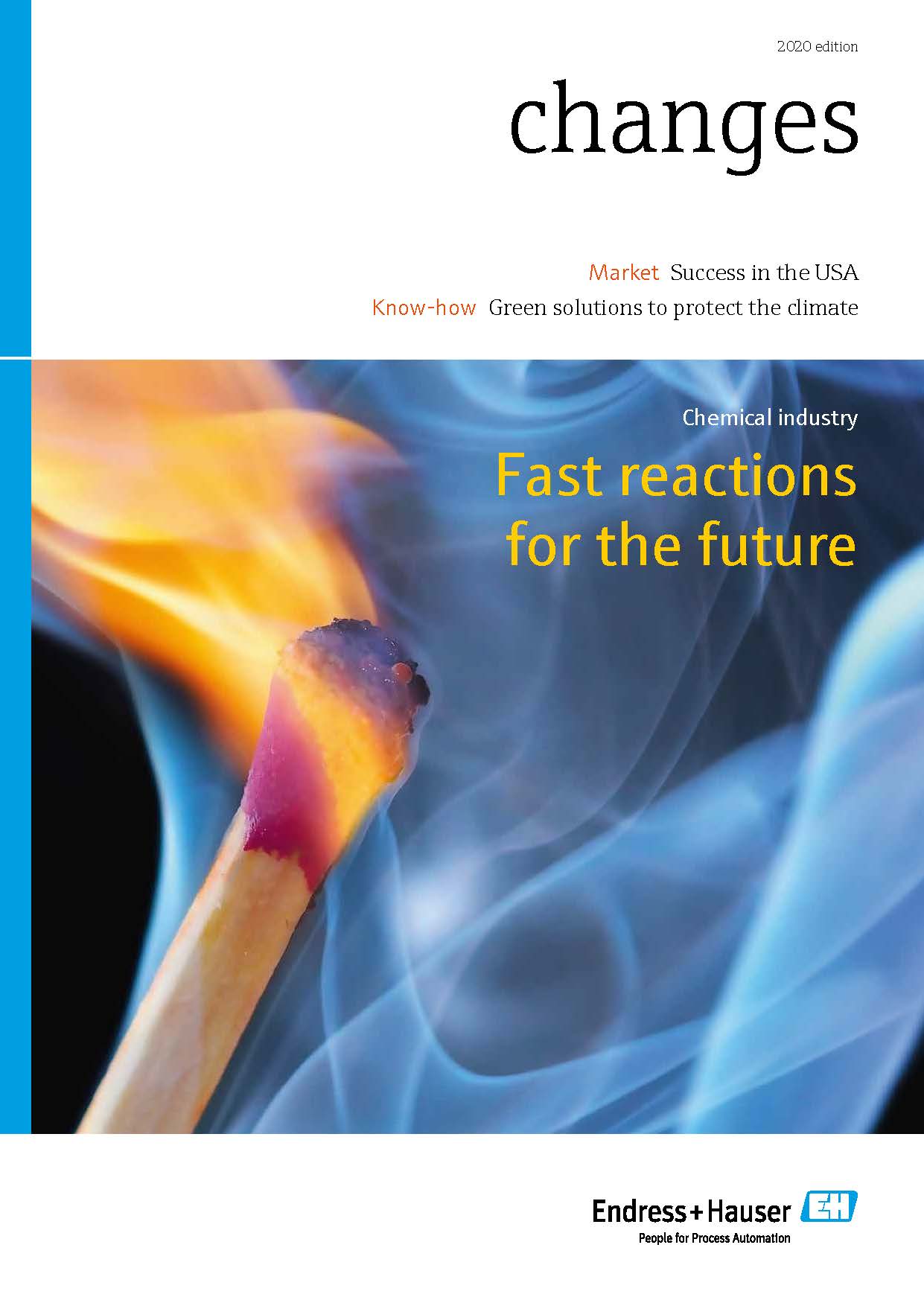Closing the circle with AI
Very little of the world’s waste plastic makes it through the recycling process into high-quality new products. Researchers are now looking at remedying this by using real-time analysis and AI.

At only 30 percent in Europe and just nine percent worldwide, the plastics recycling rate is still short of what is needed for a properly functioning circular economy. One reason for these low rates is the poor quality of the recycling feedstock. Mechanical recycling – the most common form – requires properly sorted, clean waste streams. But it tends to be fed an unsorted mix of plastics, much of them contaminated. The result, despite highly advanced technologies for sorting, shredding and washing, is that when melted down, the material often still contains extraneous plastics, impurities and contaminants. It follows that the recyclate is often of variable quality and not always suitable for making high-quality products.
“We do not currently have the necessary analysis tools to determine during processing exactly what’s in the mechanically recycled plastics,” explains Dr Bernhard von Vacano, head of the plastics circularity research program at BASF. The problem is that this analysis is needed to evaluate and improve the quality of plastics waste. “This information would enable us to use more mechanically recycled plastics to produce high-quality products and to make recycling processes more efficient and sustainable.”
A solution to this problem may come from SpecReK, a joint research project undertaken with funding from Germany’s Federal Ministry of Education and Research (BMBF). The project partners are BASF, Endress+Hauser, TechnoCompound GmbH and the universities of Jena and Bayreuth. “Our shared aim is to develop a real-time analysis tool for this application that incorporates AI and is based on Raman spectroscopy,” says Patrick Ehlers. Ehlers researches optical technologies at the Endress+Hauser Optics Hub in Freiburg im Breisgau, Germany, and co-leads the company’s contribution to the project along with Jürgen Dessecker.
IT’S ALL IN THE MIX
Raman spectroscopy can be used for continuous, inline qualitative and quantitative analysis of the chemical composition of liquids, solids and gases. It therefore lends itself well to the analysis of fast-changing and mixed materials and can also detect impurities. “For these reasons, our Raman systems are already used in multiple industries to adapt production processes and hence ensure consistently high product quality,” says Ehlers. “Employed in combination with AI, they may potentially also make a difference in mechanical plastics recycling.”
Published 24.06.2025, last updated 11.08.2025.
Dive into the world of the process industry through new exciting stories every month with our «changes» newsletter!
